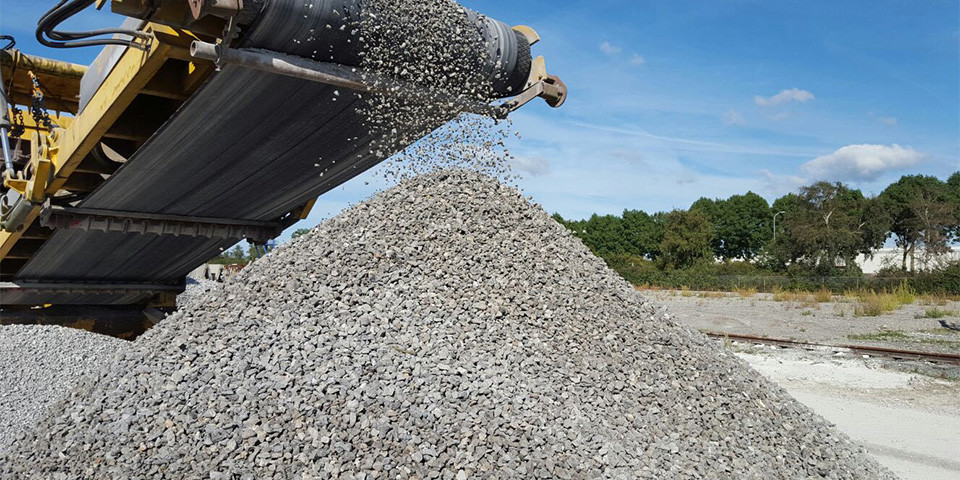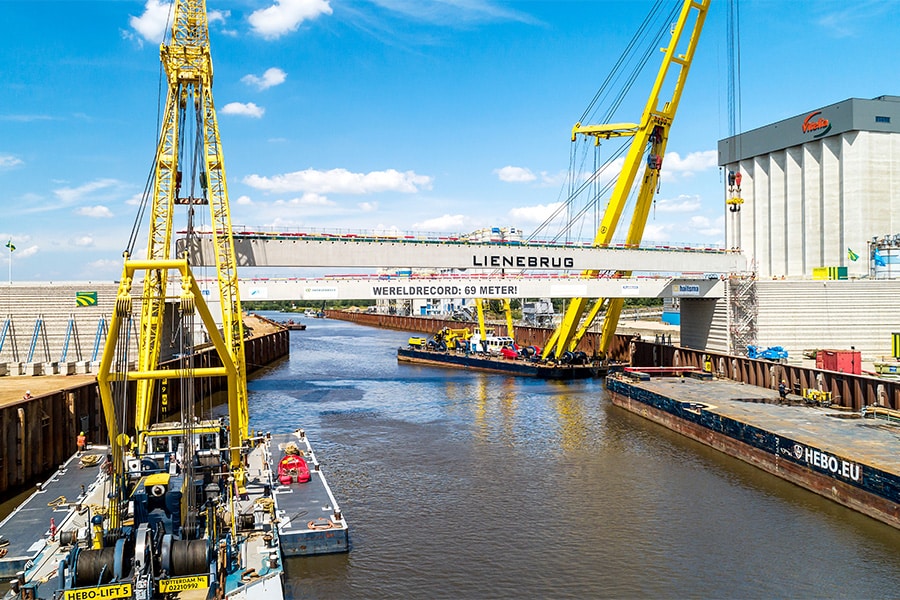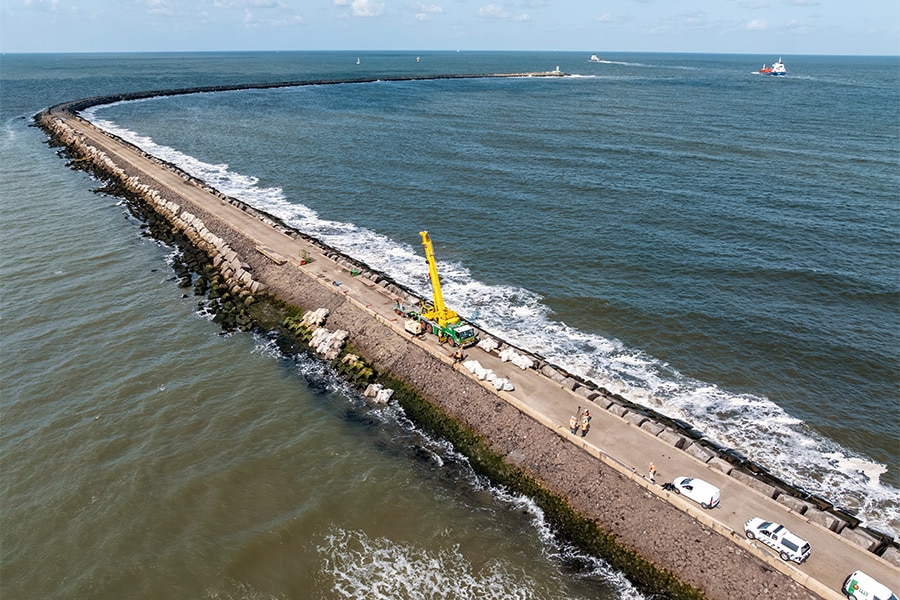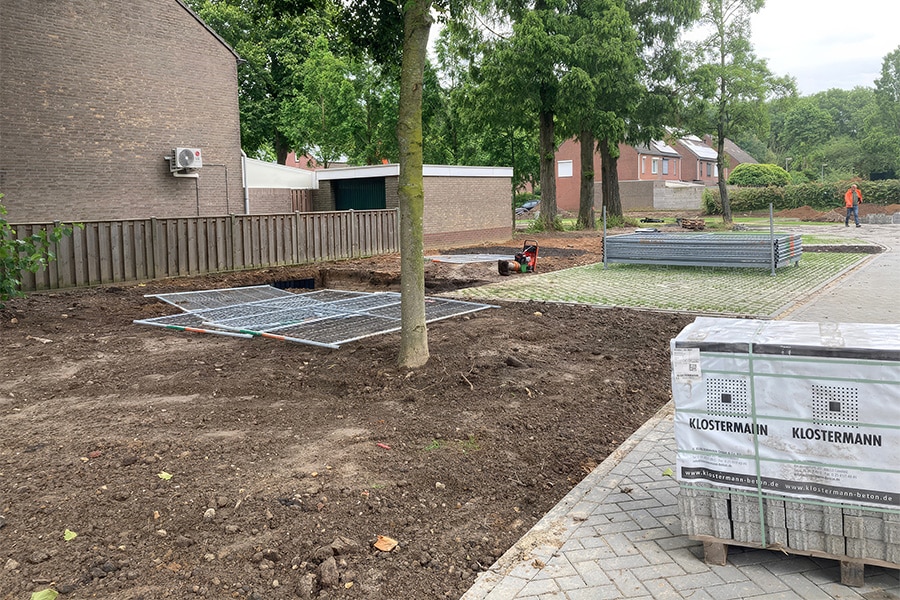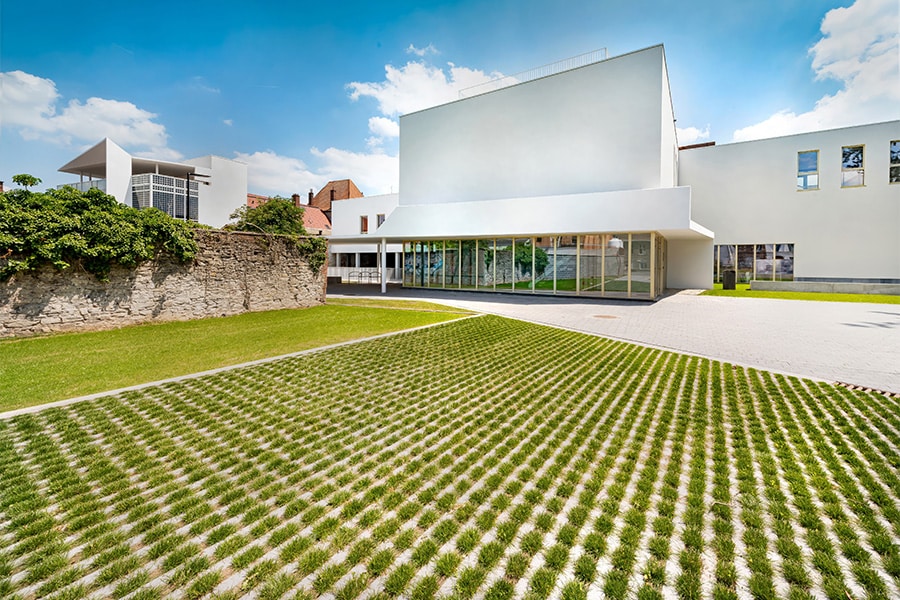
Concrete: the beating heart of society
In both the construction and infrastructure sectors, it is impossible to imagine concrete without it; you can reach the height, depth and width with it. Special shapes can also be created with concrete and, best of all, concrete has a durability that is second to none. When we talk about circularity, concrete deserves the top prize. One of the characteristics of concrete is the very long life of the material. Another characteristic is its enormous usability.
The cement and concrete industry has united in Betonhuis, a body that represents the interests of seven sector associations under this umbrella. Paving, Concrete Mortar, Concrete Producers, Cement, Structural Precast, Sewerage and Stones and Blocks are sub-sectors in this industry that all benefit from Betonhuis as a promoter and knowledge center. We would like to take you briefly into the world of concrete and cement, followed by a personal note from Ron Peters, director of Betonhuis.
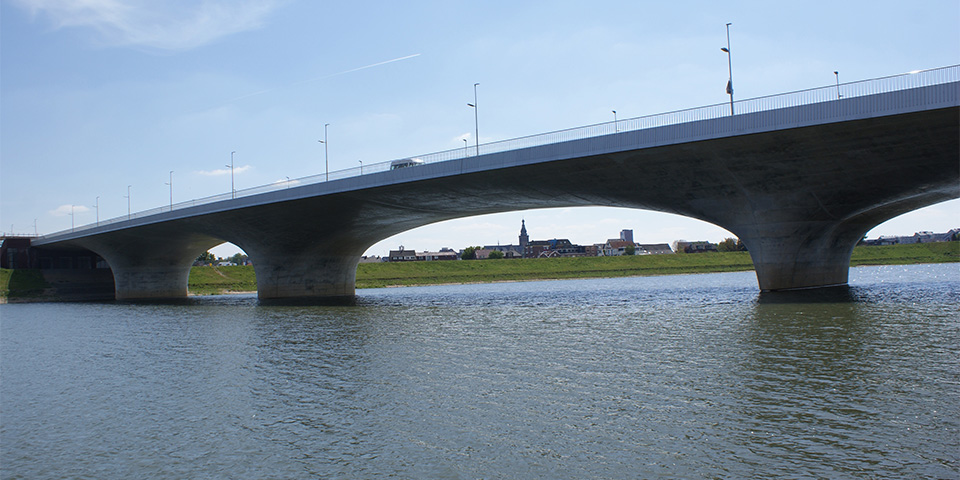
Extended Waal Bridge Nijmegen.
One hundred percent beneficial reuse
Sustainability starts with concrete. The building material has a long life while retaining value. The scrapping of concrete is therefore rare. The Netherlands Circular 2050 prescribes that in cases where scrapping does occur, the concrete must be recycled and used to manufacture new products. Concrete is often repurposed, which may be in the form of a building transformation where the concrete skeleton is simply reused, or through simple reuse of a concrete clinker or tile. When demolition does occur, 100% of the concrete rubble can be beneficially reused. We then find the concrete rubble for example as road foundations, or to a smaller extent, as aggregate in new concrete to be produced.
Thus, the material remains in its own chain and does not lose its value as a raw material. LCA analyses show that there is no environmental preference for a particular method of reuse. What does matter is the local relationship between supply and demand and the associated transport distance. The less transport, the less CO2-emissions and the more sustainable work is done.
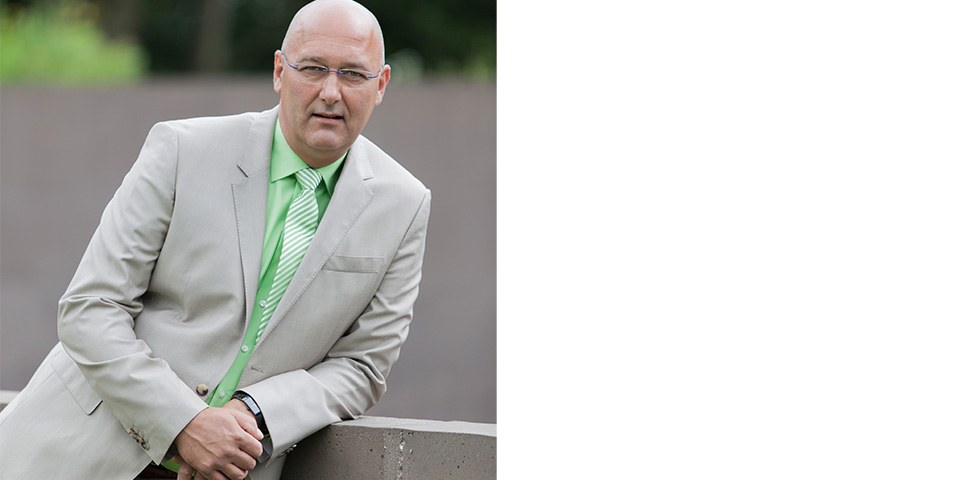
Ron Peters, director of Concrete House.
Concrete is absolutely 'future proof'
Looking further into "The Netherlands Circular in 2050," we see that the practical approach described there is realistic: "Use only sustainably produced, renewable and widely available raw materials and create no waste. Concrete already met and complies with that 2050 aspiration, with the result that any additional innovation around concrete that is even more sustainable provides an edge in the circularity story. Think adaptive and demountable construction, for example.
Broadening sustainable commitment by combining chains
Other sectors, of course, also have residual streams that have been reused for decades. Slag from pig iron production, fly ash from coal-fired power plants are examples. By utilizing these, waste in other chains can be upgraded to by-products. A good example is the use of AEC granulate, the stony fraction that remains after incinerating mainly household waste, in concrete paving products such as bricks, tiles and tires in particular. Railroad ballast is also recycled and reused as aggregate in concrete, as is the residue left after thermal cleaning of tar asphalt. By looking beyond one's own chain and using what other chains have to offer, the concept of circularity becomes much more comprehensive.
Smart breaking technology for wider deployment
Clever, new crushing techniques make it possible for the aggregate material released from concrete rubble to be equivalent to primary aggregate. A real evolution when it comes to debris crushing, making it easier to reuse aggregate material in concrete in addition to the coarse fraction.
Complexity requires interpretation and structure
As a knowledge center, Betonhuis is invaluable to the concrete and cement sector, especially now that circularity and the countless possibilities offered by concrete and cement have become a hot topic. Ron Peters with Betonhuis therefore wants to be involved more up front in the process, saying, "Often it is the contractor we have to inform and educate. No concrete is the same, in fact every concrete is custom-made. As a contractor you can't know everything and can't be up to date on the latest state of the art, which is why Betonhuis likes to act in the role of consulting partner in addition to that of supplier. We truly represent the entire concrete industry, whether it is cement, concrete mortar or precast concrete products. With the know-how of our member companies and the assurance of knowledge within Betonhuis, we can help the contractor to make the right choices in advance, taking into account factors that one does not initially think of oneself. We look not only at the application, but also at what needs to happen after the life of a structure. Again: circular thinking starts with the right choice in raw materials."
The complexity surrounding concrete (and cement) requires interpretation and structure. Betonhuis provides that and sees arriving at the right choice as a joint task of Betonhuis, the concrete supplier and the contractor. "Anyone who is going to realize a structure as a contractor should actually approach a member of Betonhuis with the question first, for good order, then advice follows. So the right order is: which concrete, what is the lifespan, what about durability and finally the price," Peters said.
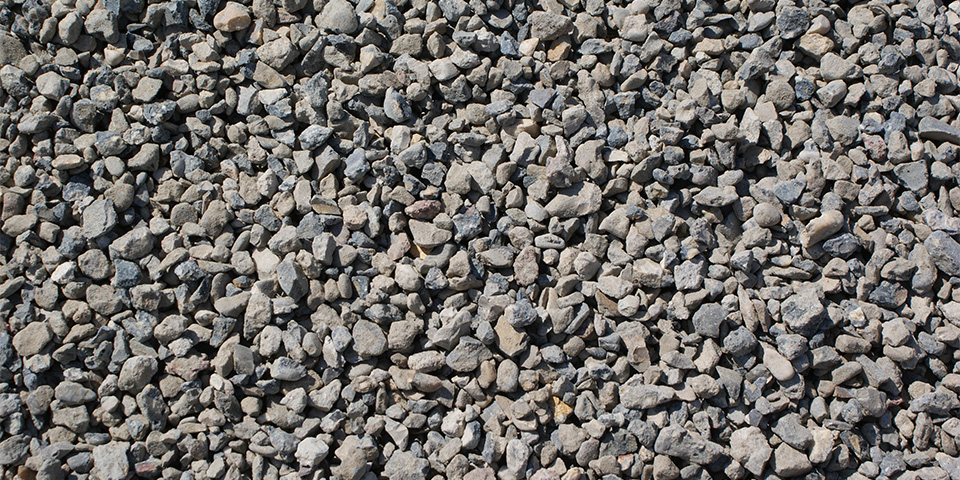
Detail concrete aggregate.
Concrete engineering knowledge is subject to constant evolution
Peters notes that a lot has happened within the evolution of concrete. "The concrete industry is in the midst of sustainability. The use of secondary materials is a reality, the emergence of secondary raw material streams and circularity and longevity are defining factors currently. Where are we going, you might ask. We have the climate agreement on the one hand, the concrete agreement on the other, goals to work on, it all takes time. That's why Betonhuis is a beacon for the industry in the broadest sense," Peters continued. "We have our focus continuously on improvement, that can be about the product itself, that can be in terms of sustainability, but also in terms of processing. Our members together are the driving force behind this, with Betonhuis at the wheel." To clarify, Peters outlines the R-ladder: Priority one is adaptive design -with a 2nd and 3rd use phase, priority two is looking at reuse and priority three is looking at recycling. "We are a zero-waste industry," he says in conclusion.
Concrete House
Visiting address:
Zaagmolenlaan 20, 3447 GS Woerden
Mailing address:
P.O. Box 194, 3440 AD Woerden
T +31 348 484 400
E info@betonhuis.nl
www.betonhuis.nl
